Oral Cancer: Causes, Symptoms, Early Signs, Stages, and Tests
.webp)
Mouth cancer is a severe condition that affect various parts the oral cavity, such as the lips, tongue, and gums. It starts with mild symptoms and grows quietly. Early diagnosis is crucial to successful treatment. This article describes the causes, symptoms, phases, testing process, and most crucial next steps in the diagnosis and treatment of oral cancer successfully.
Key causes of oral cancer are:
- Tobacco consumption – Smoking a cigarette or chewing tobacco is the most common cause.
- Acohol consumption – Chronic alcohol consumption enhances susceptibility to cellular damage.
- HPV infection – Human papillomavirus, especially type 16, may be responsible for abnormal cell growth.
- Exposure to excessive sunlight – Sun exposure may result in lip cancer.
- Chronic mouth irritation – A defective denture or rough teeth can cause chronic tissue trauma.
- Poor diet – Lack of vitamins A, C, and E can lower tissue resistance.
- Heredity – A few people are born with cancer-causing DNA mutations.
Although there are many oral cancer risk factors, tobacco and alcohol are still the most preventable offenders. Being aware of these offenders allows for early treatment and lifestyle modifications that can decrease risk of oral carcinomas.
What Are the Signs and Symptoms of Mouth Cancer
Early detection of oral cancer symptoms is central to the success of treatment. Because early symptoms are usually insignificant, they can be confused with such non-serious oral ailments.
The majority of usual symptoms of oral cancer are:
- Ulcer or sore that has persisted for three weeks or more
- Red or white patch on the tongue or within the mouth
- Thickened, crusted spot or bump in the mouth
- Mere bad breath with no apparent cause
- Hoarseness or sore throat that persists
- Loose teeth or poorly fitting dentures
- Discomfort or pain in the jaw, ears, or throat
- Problems with chewing, swallowing, or speaking
- Unexplained tingling or numbness in the mouth
Consultation with a doctor is required if any of these persist. Early treatment will provide faster diagnosis and improved results.
How to Detect Oral Cancer Early
Early mouth cancer usually has subtle symptoms, so early detection is not easy. Regular check-ups and close observation can detect signs before cancer develops.
Early detection methods of mouth cancer:
- Monthly self-check: Examine the inside of the mouth with a good light source. Look for unusual colouring, texture, or change in shape.
- Regular dental visits: Dentists are familiar with abnormal patches, bumps, and tissue changes.
- Medical check-ups: Regular check-ups can involve a visual examination of the oral cavity.
- Early symptom report: Don't dismiss repeated ulcers or patches.
- Tissue samples: Early abnormalities can be biopsied to identify.
Mouth cancer early stage symptoms:
- Small ulcers with irregular edges
- Faint pink or white patches
- Light speech or difficulty chewing
- Mild pain in one region of the mouth
Early detection relies on vigilance, routine checks, and not neglecting tiny but persistent alterations in the mouth and oral cavity. Mouth cancer risk can be discovered at its earliest stage by more effective and less damaging treatments.
Stages of Mouth Cancer
The stage of oral cancer is a systematic method of saying how advanced the disease is. It determines treatment and forecast outcomes. Staging is based on tumour size, involvement of lymph nodes, and spread of cancer.
The stages of oral cancer are:
- Stage 0 (Carcinoma in situ): Abnormal cells are restricted to the surface layer.
- Stage I: Tumor is 2 cm or less. It has not spread to the lymph nodes.
- Stage II: Tumor diameter 2–4 cm with no lymph node metastasis.
- Stage III: The tumour is larger than 4 cm or in one lymph node.
- Stage IV: The cancer has spread to deeper tissue, more than one lymph node, or distant organs.
Each is further subcategorized for increased specificity.
It is important to know the stage of oral cancer in order to devise the appropriate line of treatment. The early stages have better results, and more intensive treatments are required for the higher stages.
Which Test Is Done for Mouth Cancer
Once symptoms are observed, some tests of oral cancer are required to make a diagnosis and to assess the magnitude of the disease. These tests reveal the type, location, and extent of the cancer. The following are required tests for oral cancer:
- Physical exam: The physician examines and palpates the oral cavity and neck.
- Endoscopy: A flexible camera tube examines deeper parts of the mouth and throat.
- Biopsy: Tissue is taken out and examined under a microscope.
Types are:
- Incisional biopsy (surgically removing a piece of tissue)
- Fine-needle aspiration (for lymph nodes)
- Brush biopsy (scraping cells with a small brush)
- Imaging tests: These examine how extensive the cancer has spread.
- MRI Scan(Magnetic Resonance Imaging): Demonstrates the involvement of soft tissue.
- CT scan (Computed Tomography): Demonstrates tumour size and bony spread.
- PET scan (Positron Emission Tomography): Discloses cancer cells within the body.
- X-ray: Facilitates jaw and chest assessment for cancer spread.
Thorough investigation provides proper diagnosis and guides appropriate treatment modalities. Coordination of physical examination, imaging, and biopsy provides the complete picture of the status of the cancer.
Conclusion
Oral cancer is a serious medical condition but can be effectively treated if it is detected in an early stage. It most commonly arises due to tobacco use, alcohol abuse, or HPV infection. Discovery of signs of oral cancer, such as persisting sores, redness or white patches, and persistent mouth pain, is critical.
Knowledge of the stage of oral cancer aids in the assessment of its severity, whereas oral cancer tests ranging from biopsies to imaging yield valuable diagnostic information. Each step, from awareness to testing, is critical to enhance treatment advantage and minimize health hazards.
Author Bio:
City X-Ray is a premier diagnostic centre in Delhi NCR, providing state-of-the-art imaging and pathology solutions for facilitating early detection and proper diagnosis of diseases such as mouth cancer.
DISCLAIMER: THIS WEBSITE DOES NOT PROVIDE MEDICAL ADVICE. The information including text, graphics, images, and other material contained on this website is for informational purposes only. No material on this site is intended to be a substitute for professional medical advice, diagnosis, or treatment. Contact a health expert if you have questions about your health.





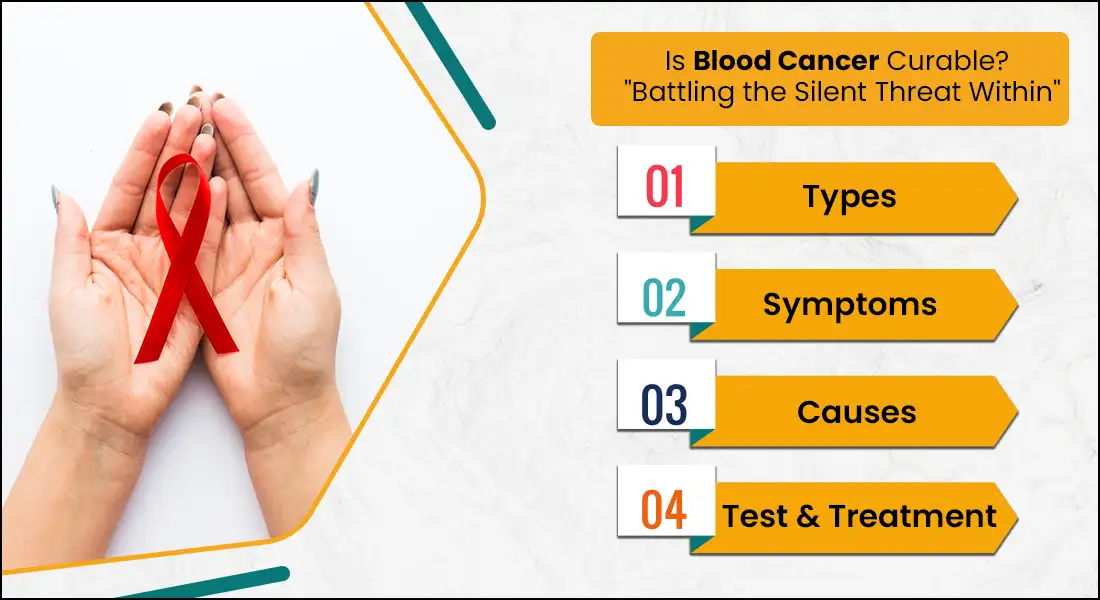

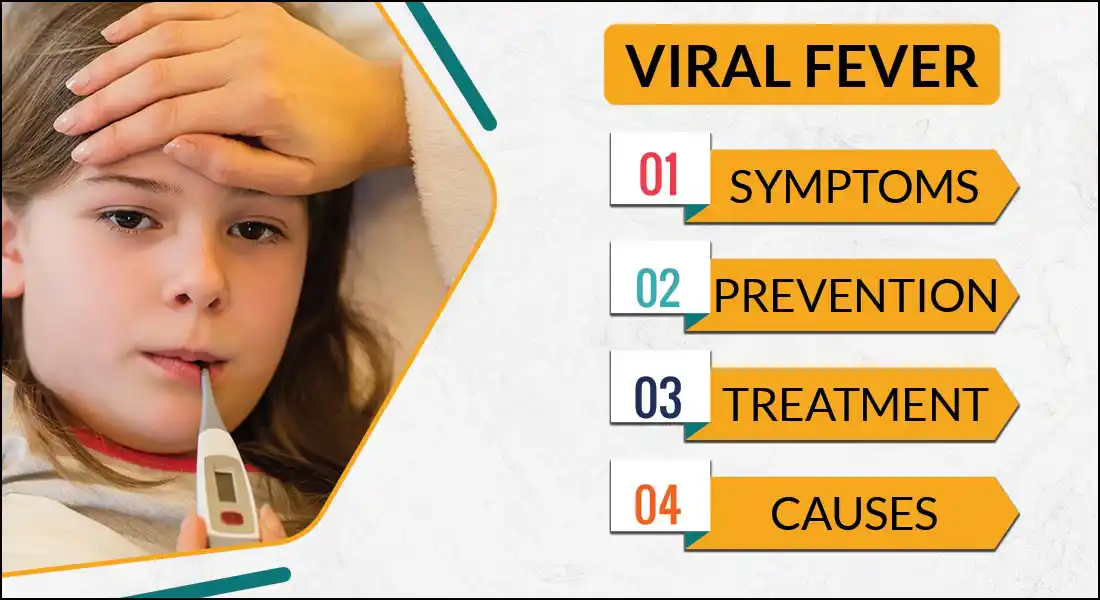
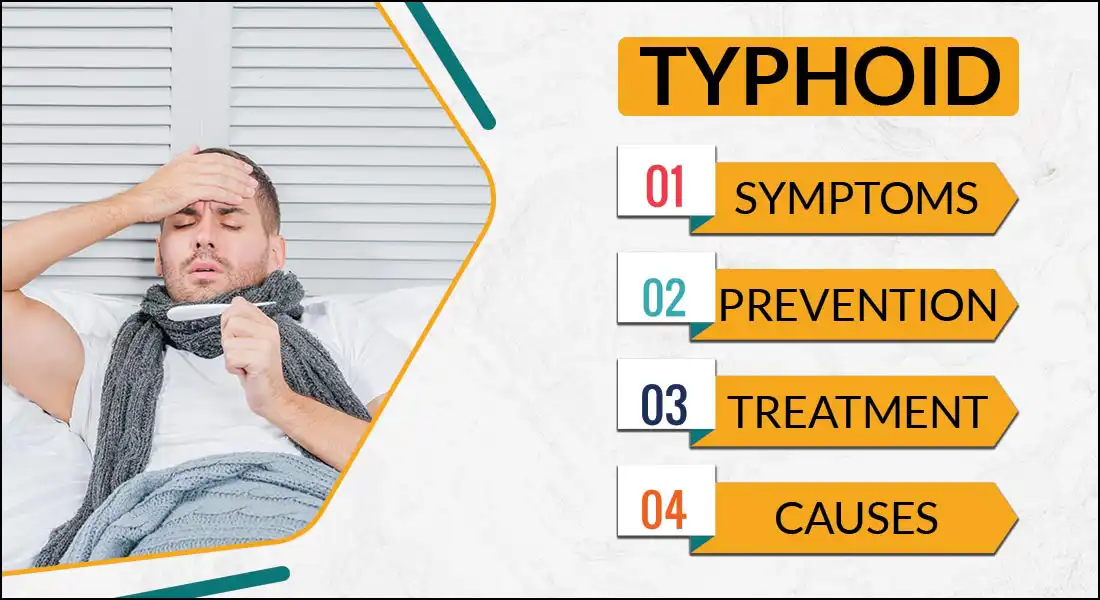
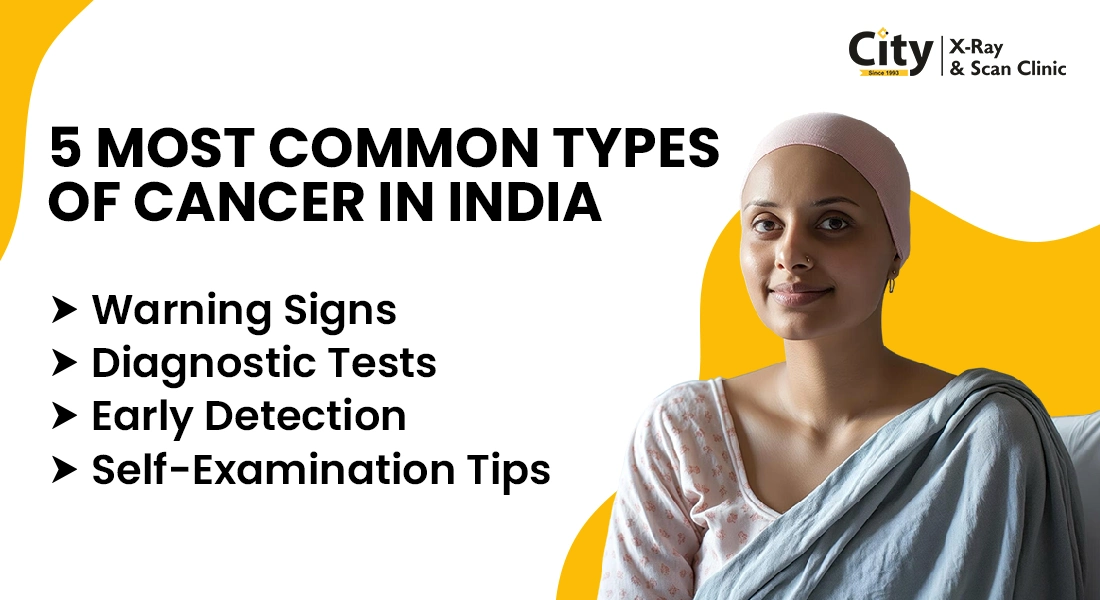

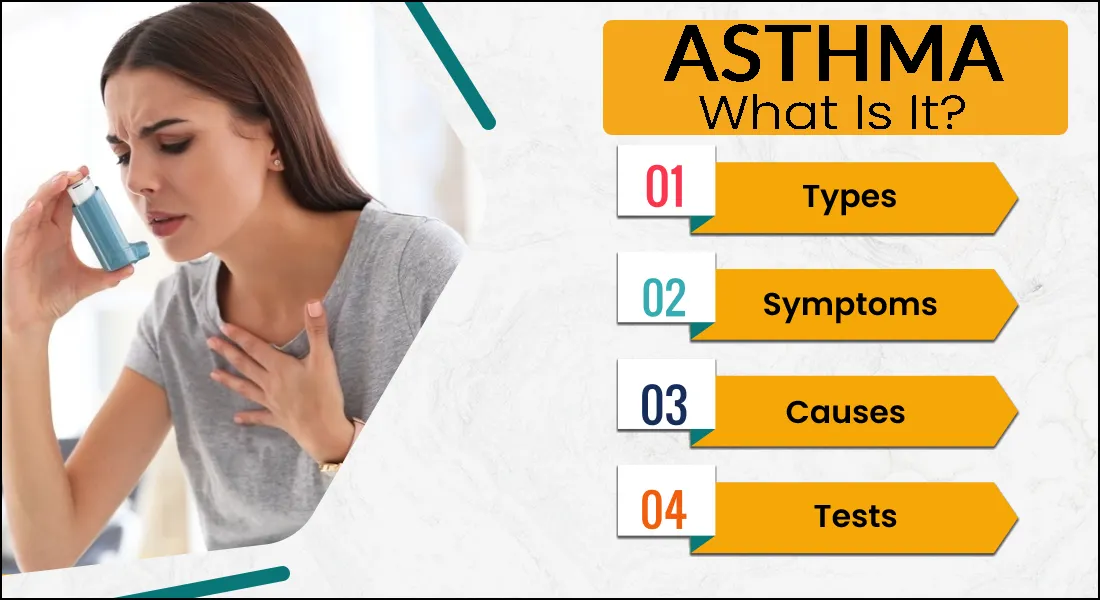



Comments List